How to Sound like: Nine Inch Nails – Pretty Hate Machine
Nine Inch Nails was formed in 1988 in Cleveland, Ohio led by songwriter and producer, Trent Reznor. The debut release, Pretty Hate Machine, remains one of the band’s most iconic to date. We’ll discuss some background and get into some of the key instruments used in the production process.
Nine Inch Nails – Pretty Hate Machine (1989)
Pretty Hate Machine was released on TVT records in 1989, at the peak of the post-Synth Pop era when the album charts were dominated by the likes of Madonna, Janet Jackson, Guns N’ Roses, and Mötley Crüe. The gap in the market for angstier music was opening up, providing the perfect platform for the formation of major labels like Interscope in 1990.
Explored briefly in the HBO documentary series, The Defiant Ones, Jimmy Iovine’s unique approach to the music industry brought acts like Nine Inch Nails to a global audience. It’s important to note that timing is everything. Without the backing of major labels, we probably wouldn’t be talking about artists like Trent Reznor with the same air of reverence.
Instruments used by Nine Inch Nails
The album was recorded and produced at five different studios in the US and UK including, The Right Track (Cleveland), Blackwing (London), Unique (New York), Synchro Sound (Boston), and Roundhouse (London).
Trent Reznor had recorded demos which were then refined in collaboration with producers like Mark “Flood” Ellis, Keith LeBlanc, Adrian Sherwood, and John Fryer.
Oberheim Xpander
The main synth used throughout the album’s production was the Oberheim Xpander. Reznor was a big fan of Oberheim at the time and Flood was adept at programming the Xpander. Together they managed to achieve a noisy, dystopian sound by making use of the Xpander’s FM capabilities.
If you listen to the synths on Terrible Lie, they are far more gritty than you’d expect from a characteristically warm Oberheim analogue synth. As usual, the magic of Flood’s synthesis techniques shines on this album, resulting in something that still maintains its futuristic edge today.

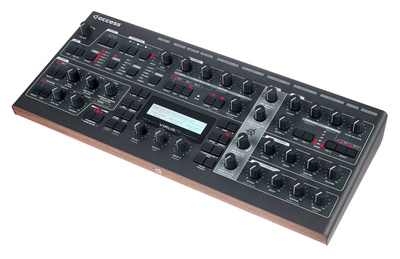
Sequential Circuits Prophet VS
The Sequential Circuits Prophet VS synthesizer was also used extensively. This was Sequential’s first digital synth ever, but it was also the last synth the company produced before going under. The Prophet VS instantly wowed synth enthusiasts when it came out. It offered a very different approach to synthesis in comparison to most other instruments that were available.
You can hear its unmistakably raw digital sound on the chorus of Kinda I Want To. The vector synthesis features are used to alter the pitch and timbre of the riff. At the time, the Prophet VS shipped with patches designed by Spectrasonics founder Eric Persing, just another reason it’s one of the most unique synths ever built.

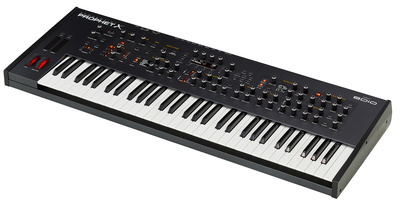
E-mu EMAX
Although he also owned the Emulator, Trent Reznor preferred the EMAX for its brighter, higher fidelity sound. However, if you drop a sample in pitch by an octave or two on the EMAX, it still has that crunchy, degraded sound we know and love. For this reason, it is the most extensively used instrument on Pretty Hate Machine.
Reznor was inspired by the Hip-Hop approach to record production, using samples from Public Enemy, Jane’s Addiction, and Prince. In addition, all the drums on Pretty Hate Machine are sampled from other records, and John Fryer also used pieces of backing tracks from some of his previous production projects.

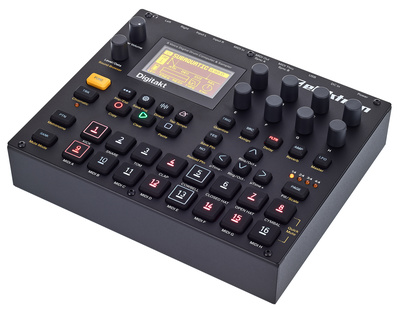
Minimoog
The Minimoog Reznor used on Pretty Hate Machine was rather temperamental. This meant they only managed to extract very few sounds in the creative process. They also endeavored to use it as a processor, running signals via the filter but once again this yielded results on this particular model D.
Although they are rather pricey, modern Moog synthesizers are stable and readily available. Furthermore, most of them have audio inputs to use the filter for processing external signals. This widens the creative scope of the synth a little at least, which brings more value to the instrument.

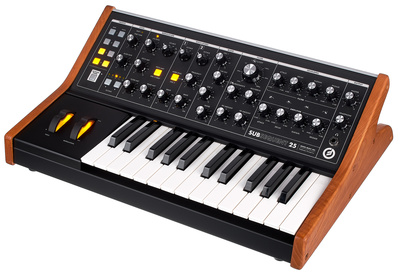
All about Nine Inch Nails:
- Listen to Pretty Hate Machine
- NIN official page
- More sound-alikes
- Everything vintage
Videos:
You are currently viewing a placeholder content from YouTube. To access the actual content, click the button below. Please note that doing so will share data with third-party providers.
You are currently viewing a placeholder content from YouTube. To access the actual content, click the button below. Please note that doing so will share data with third-party providers.
You are currently viewing a placeholder content from YouTube. To access the actual content, click the button below. Please note that doing so will share data with third-party providers.
You are currently viewing a placeholder content from YouTube. To access the actual content, click the button below. Please note that doing so will share data with third-party providers.
3 responses to “How to Sound like: Nine Inch Nails – Pretty Hate Machine”
 4,6 / 5,0 |
4,6 / 5,0 | 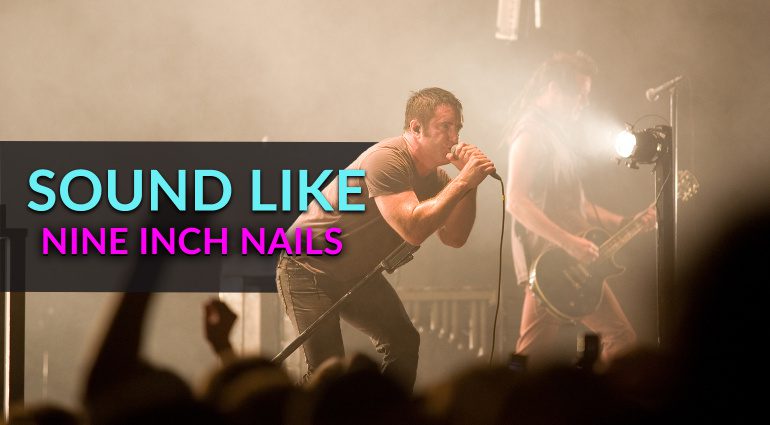





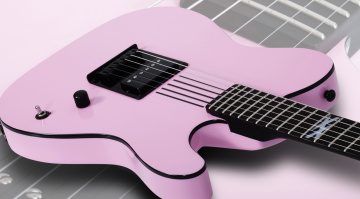
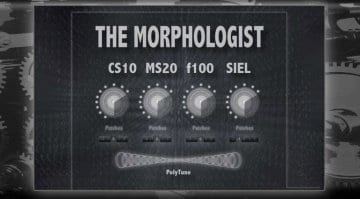
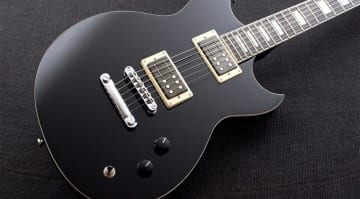

I had a love / hate relationship with NIN in the early 90s. Loved their music, but as a gear head, I was troubled by the amount of Yamaha DX7’s they’d sacrifice on stage 😭. Something like over a thousand destroyed across 300+ shows, I think I read! They used to give tickets and $200 to people who turned up with sacrificial DX7 donations!
I didn’t know that NiN destroyed Yamaha DX7s! Thank you, Trent, for making the world a better place.
Search for “Nine Inch Nails Smashing” (for example) on YouTube.